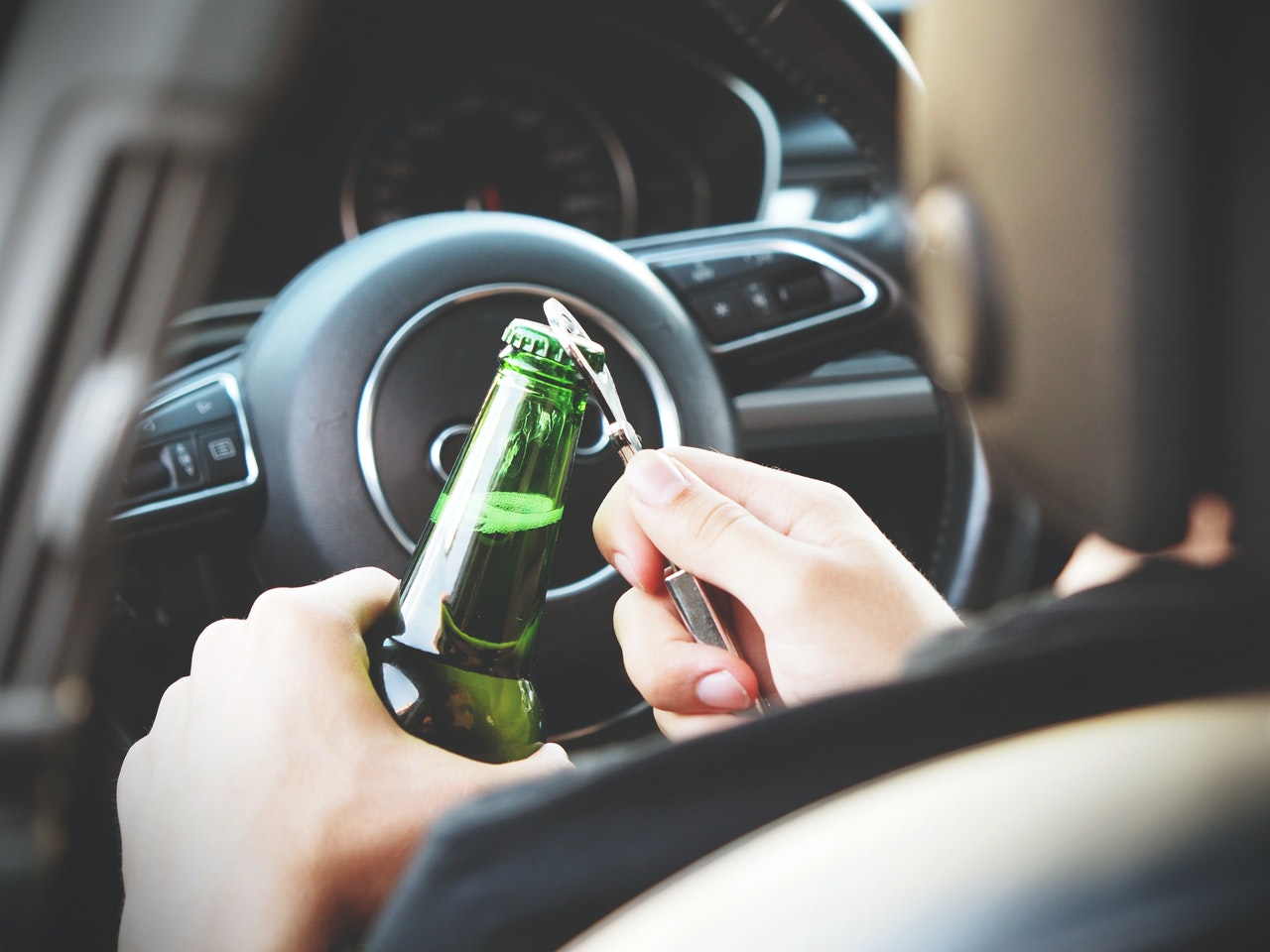If you are the type who believes driving after downing a couple of drinks after work with coworkers and then getting behind the wheel is no big deal, you are about to be in for a real wake-up call. Or so says the President of the United States, who is backing the introduction of alcohol detection systems in all new cars in his “Build, Back, Better” multi-trillion dollar legislation currently making its rounds through Congress.
While the detection systems can, theoretically diminish Driving Under the Influence (DUI) arrests, it remains to be seen if they can actually stop them altogether. Fact is, DWI’s that police issue can all too often be the result of faulty law enforcement procedure and/or faulty equipment.
Says the law office of Scott C. Thomas, Orange County, CA DUI lawyer, lots of things can go wrong during a DUI or DWI (Driving While Intoxicated) arrest. Engine malfunctions, bad roads, bad weather, can all contribute to police “mistaking erratic driving for impaired driving.” Even breathalyzers have been known to be defective which means your case could potentially raise enough reasonable doubt to be tossed out of court.
But what about automotive alcohol detection systems? Can they be trusted to give an accurate assessment of a driver’s sobriety, or lack thereof? Let’s back up just a little. According to the National Traffic Safety Administration, as of 2019, almost 30 people die in drunk driving cases in the U.S. every single day.
“That’s one person every 52 minutes,” says a new report. While that is said to be the lowest number since 1982 when the NHTSA began tracking data, it is a lot of deaths considering they can be prevented.
The new legislation is seeking to minimize drunk driving by mandating blood alcohol level detection systems in all new cars.
Alcohol Detection Systems in U.S. Vehicles
 The 2021 U.S. Build, Back, Better Infrastructure bill presently includes the law that requires alcohol detection systems in all new cars built after 2026.
The 2021 U.S. Build, Back, Better Infrastructure bill presently includes the law that requires alcohol detection systems in all new cars built after 2026.
Ever since the 1980s, when drunk-driving laws were made to be stricter than in previous decades, drunk driving fatalities are said to have been greatly reduced. However, they still remain a big problem in the U.S.
In fact, between 2010 and 2019, more than 10,000 fatalities per year due to drunk drivers and drunk-driving accidents contributed to around one-third of all traffic deaths. In 2019, more than 36,000 people died in vehicular accidents in total.
Hope Down the Road
In recent years, a few states have required that those who have been found guilty of DUI or DWI, have an ignition interlock device installed in their vehicle that’s engineered to perform a breathalyzer test before the driver starts the engine.
Biden’s system is similar in design and intent. The difference is that it applies to everyone in the country, whether they choose to drink or not. The system is also said to be more technologically advanced also.
KEA Technologies located in Marlboro, Massachusetts is said to be one of several tech companies working on drunk driving and impaired driving systems which are referred to as Driver Alcohol Detection System for Safety (DADSS).
How DADSS Works
 DADSS works via infrared sensors which are to be mounted on a vehicle’s door and dash. It is able to register a driver’s breath while touch sensors are engineered to “capture blood alcohol levels in the skin.” Results are said to be available within seconds, or so claims KEA technologies.
DADSS works via infrared sensors which are to be mounted on a vehicle’s door and dash. It is able to register a driver’s breath while touch sensors are engineered to “capture blood alcohol levels in the skin.” Results are said to be available within seconds, or so claims KEA technologies.
The DADSS is also said to be a non-invasive technology. You will get in your car, and immediately the sensor goes to work finding out how much alcohol you have ingested. If it senses you’ve had more than the legal limit established in your state of residence, you will be able to start your vehicle, but it will not move.
While the DADSS program is at the base designed to save lives, it also raises serious concerns about an individual’s privacy along with the personal data it will inevitably be collecting. Some will view this as having a mechanical law enforcement officer installed in your vehicle.
But system engineers take a different stance, stating that it’s not a “cop on board” technology. It is merely a monitor that records what you are doing and that will prevent you from making a bad decision.
The Insurance Institute for Highway Safety claims that the DADSS program can potentially save upwards of 9,000 lives on average per year. However, it will take time for the results to be compiled in any meaningful way.

The Ideas Plus Business Editorial team is responsible for this post. For collaborations and partnership requests, kindly send an email to the Editorial Team at ideasplusbusiness[at]gmail[dot]com for the terms and conditions. You can also follow IdeasPlusBusiness.com on Twitter here and like our page on Facebook here.
